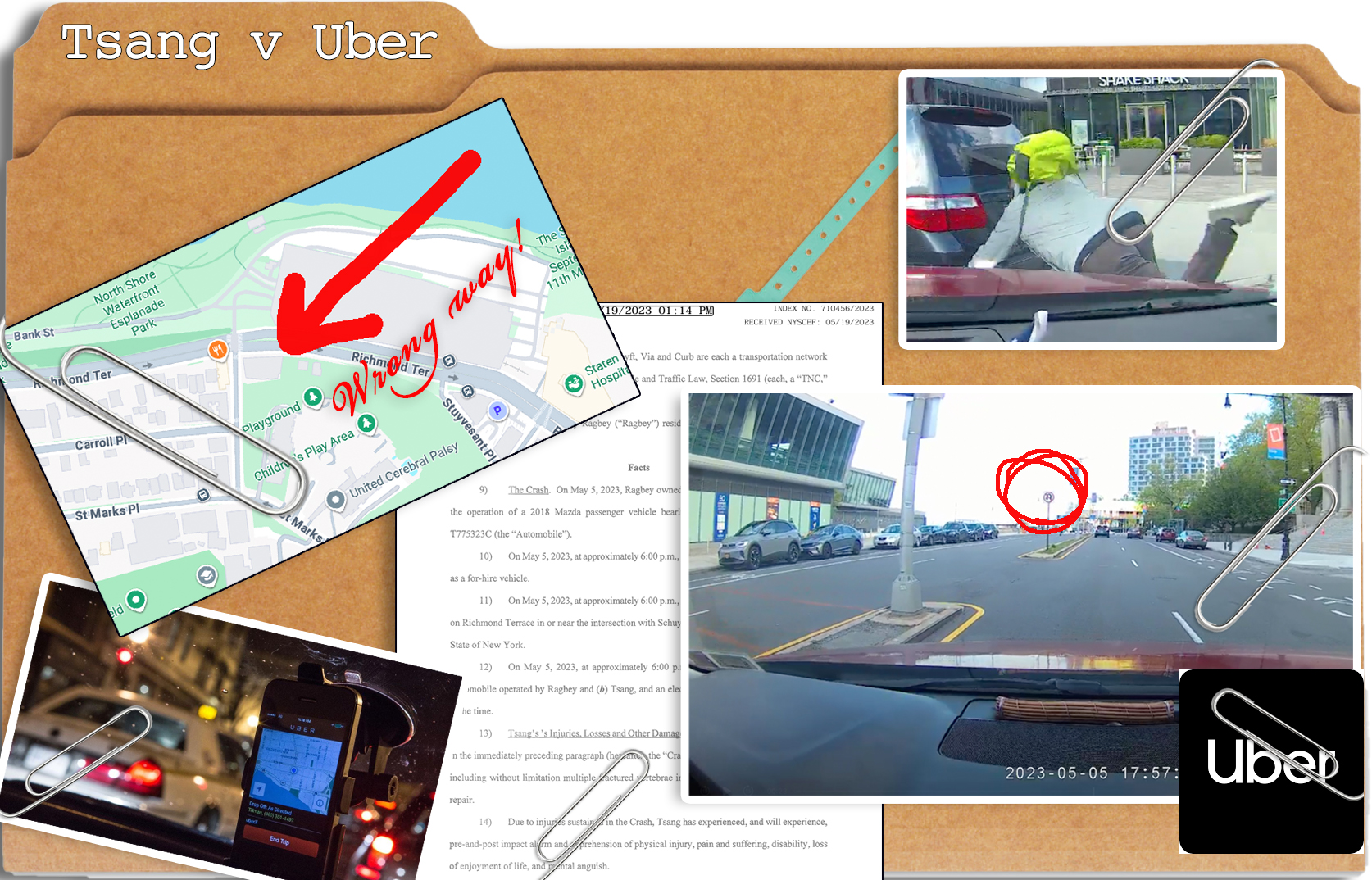The city as an organism -- it's a common analogy, probably in part because it's so instructive.
On Network blog Streets.mn today, David Levinson expands on this idea with a thought piece about applying lessons from the professions of medicine and healing to urban places:
Epidemiology studies the state of human health, as measured by the presence or absence of disease, as well as the causes of those diseases, whether genetic, behavioral, or environment. Someone should similarly be responsible for studying and treating the state of urban health, focusing upon the city’s circulatory system, and looking at causes including human behavior and the urban environment (which is usually taken as fixed) in which humans interact. As knowledge from epidemiology leads to treatments by doctors prescribing medicine, nutritionists telling the patient to change his habits, or regulators changing environmental standards, knowledge from transportation leads to treatments by traffic engineers prescribing angioplasty for the hardened arterials of our city, planners building bypasses, or gurus telling us to change our behavior or urban environment.
There is at least one useful lesson from medicine: First do no harm. We would not want a doctor to chop off our arm, and leave a gaping hole for a few decades while he figured out what to do next. We should consider why we permit destruction of functional if not optimal parts of cities well before we have any plan or resources to close the gaping wound with something else functional. The equivalent of a city’s doctors need to require replacement by something other than a vacant lot or surface parking before they permit demolition.
Elsewhere on the Streetsblog Network: Rebuilding Place in the Urban Space explores the arguments for treating walkable urban design as a national security measure. The Invisible Visible Man examines how excluding vulnerable street users from the common conception of who is part of the "community" leads to deadly traffic outcomes. And Chicargobike wonders how Chicago's growing women's bike movement can be scaled up to cities around the country.






